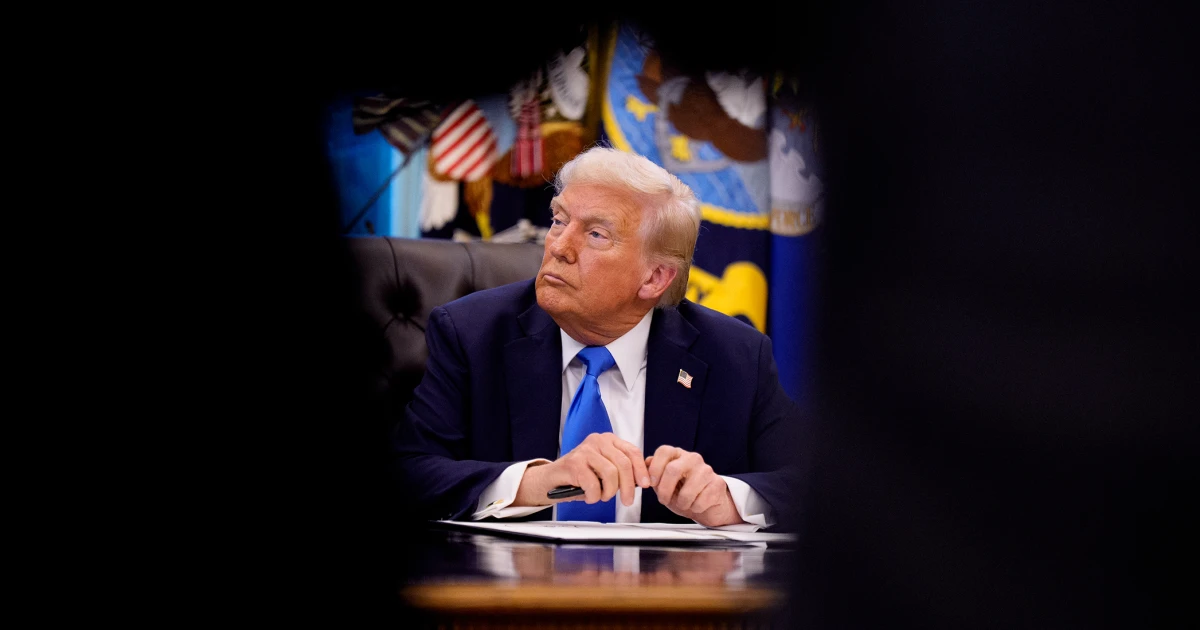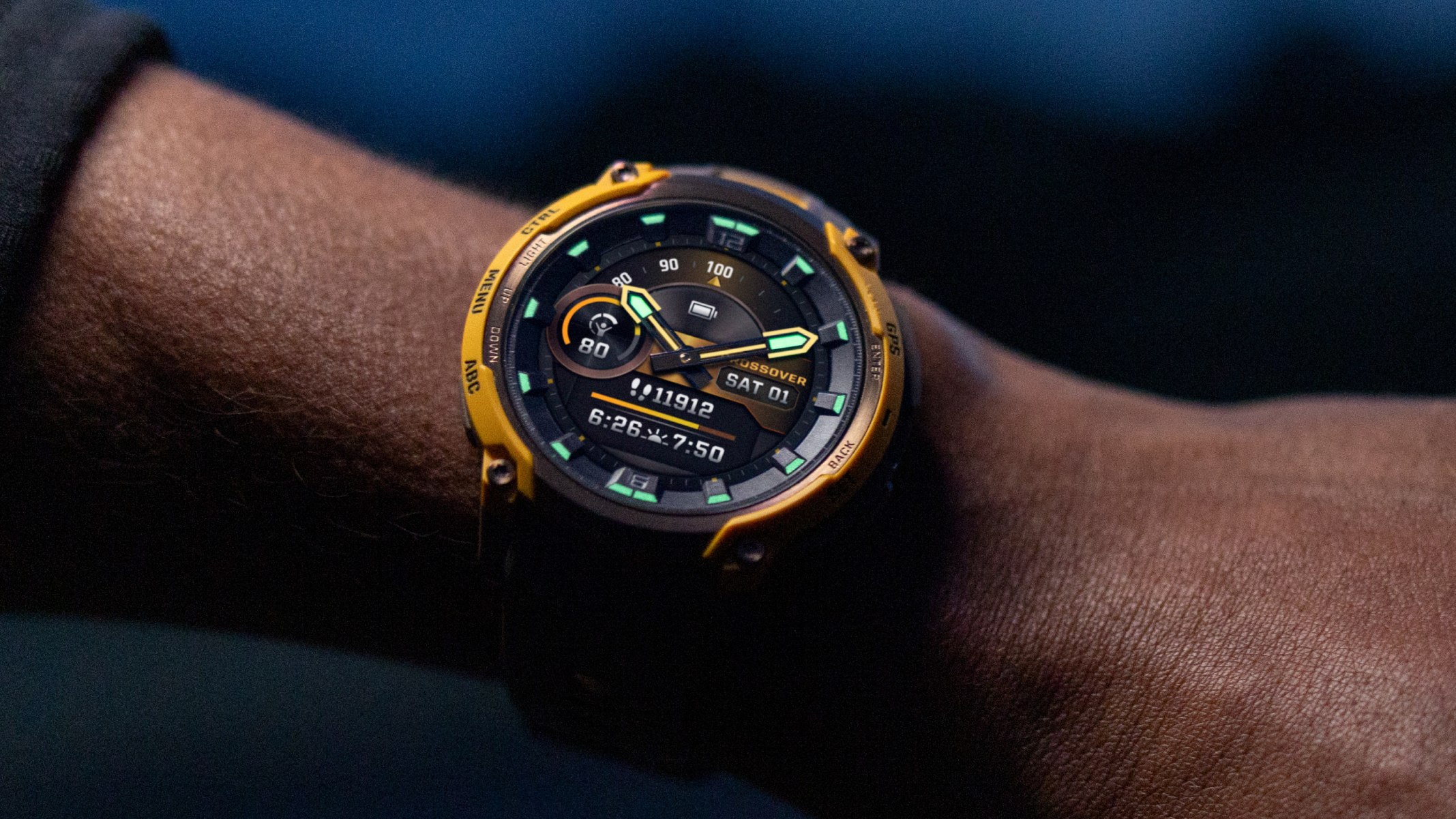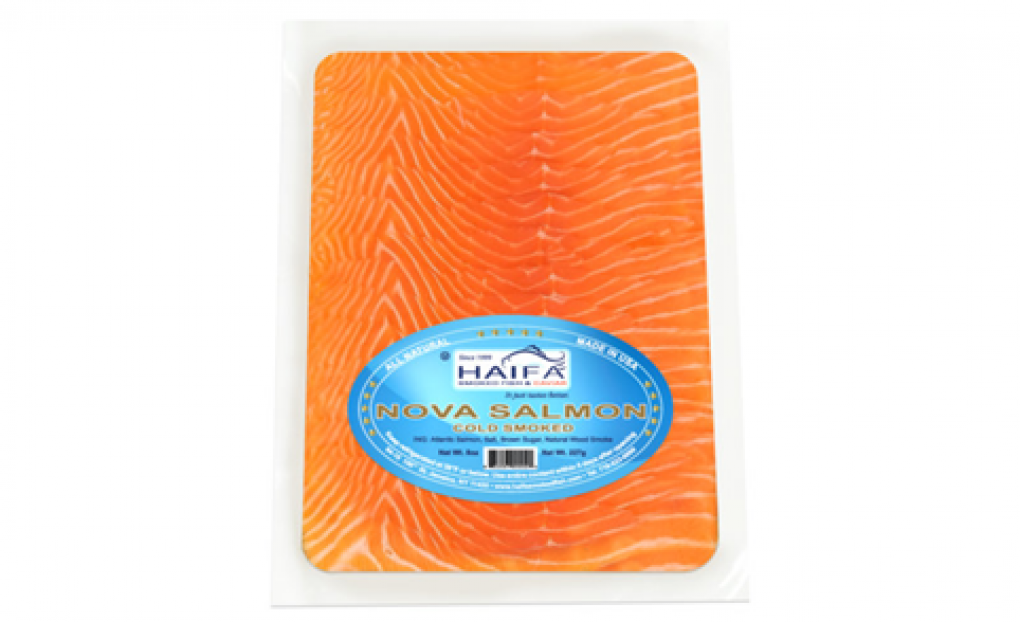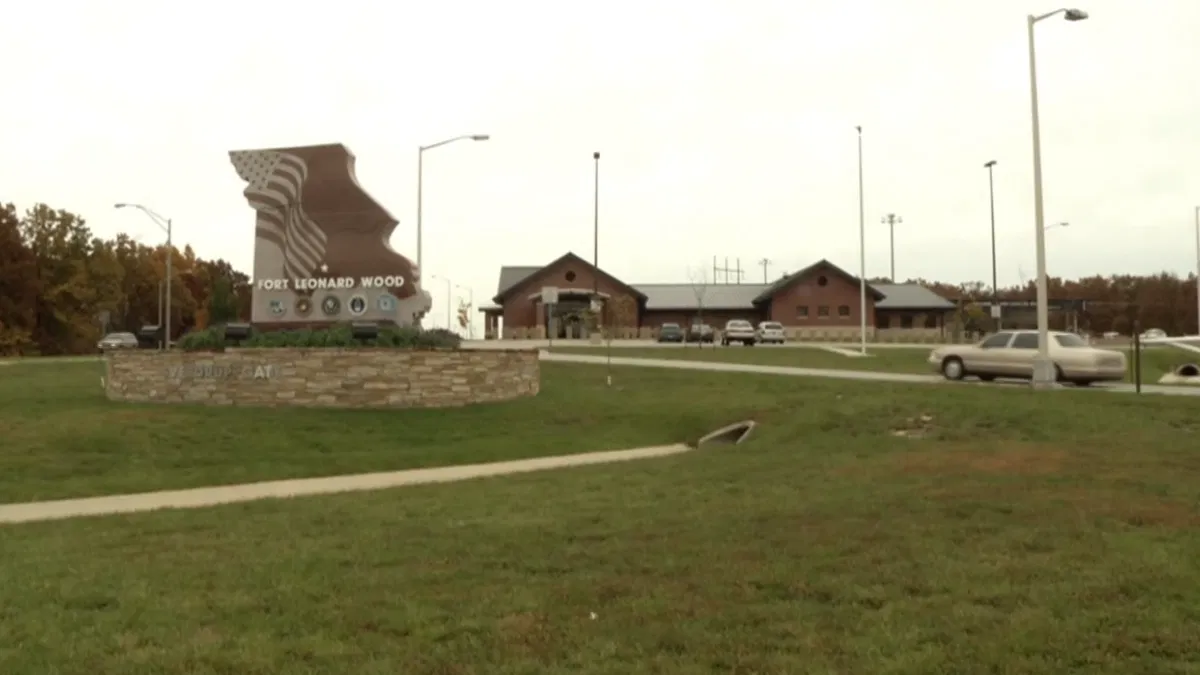
President Donald Trump’s announcement of a new $100,000 fee on H-1B visas caused a flurry of confusion among companies that use the visa program, as well as among immigrant workers and countries around the world, as they tried to gauge its impact.
Here’s what we know about the new changes and how they will affect the industries that rely on the visa program to bring in high-skilled workers.
What’s an H-1B visa?
The H-1B visa is a legal immigration program that allows U.S. employers to temporarily hire skilled foreign workers in “specialty occupations” across health care, tech and finance industries, among other STEM-related fields.
For the purposes of the visa program, a “specialty occupation” is defined as a job that requires at least a bachelor’s degree or higher and the “theoretical and practical application of a body of highly specialized knowledge.”
The visa program, created by the Immigration Act of 1990, was originally designed to address critical workforce needs, making it easier for employers to bring in workers with specialized skills that were harder to find in the United States.
According to the Labor Department, there are legal standards to protect U.S. workers with similar jobs from being adversely affected by the employment of foreign workers.
But in recent years, some Democratic and Republican lawmakers have pushed for reform and increased oversight of the program, saying it has displaced American workers and suppressed wages.
Taylor Rogers, a White House spokeswoman, told NBC News that Trump “promised to put American workers first, and this commonsense action does just that by discouraging companies from spamming the system and driving down wages.”
What changed and who’s affected?
On Friday, Trump signed a proclamation requiring a $100,000 payment to accompany new H-1B visa applications submitted after Sept. 21, a steep rise from current fees, which are usually $2,000 to about $5,000.
But the new policy, which took effect Sunday, didn’t clarify whether the new, steep charge applied only to new applications or to those of people currently holding H1-B visas or seeking renewals. That led to a flurry of confusion over the weekend as workers and companies tried to figure out who would be affected.
According to guidelines the State Department and U.S. Citizenship and Immigration Services issued this week, the $100,000 fee on H1-B visas is a one-time fee and applies only to new applications.
It doesn’t affect people who had valid H-1B visas issued before Sept. 21, and it doesn’t change fee requirements for those seeking H-1B visa renewals.
New applications submitted before Sunday “are not affected,” according to U.S. Customs and Border Protection.
Current H-1B visa holders can still travel in and out of the United States, according to the guidelines.
What’s next for visa holders and applicants?
Anyone seeking an H-1B visa is generally sponsored by a U.S. employer.
The State Department and USCIS have already “been instructed to begin implementing the new monetary requirements” for employers submitting new H-1B visa applications for individuals residing outside the United States, according to CBP.
Major tech companies have relied on approvals from the visa program to hire employees from abroad. USCIS data shows Amazon is the top beneficiary of the program, with more than 10,000 approvals since Oct. 1, followed by Tata Consultancy Services, with 5,500, and Microsoft and Meta, with more than 5,000 each. Apple and Google also rounded up over 4,000 approvals each. Other companies with over 2,000 approvals included JPMorganChase and Wal-Mart.
By law, only 65,000 new H-1B visas can be issued every year, plus 20,000 approvals reserved for foreign workers who have advanced degrees from U.S. colleges and universities.
With H-1B visa petitions exceeding the annual cap of 85,000 approvals each year, a lottery system is used to select those who will be invited to apply. There are some congressionally approved exemptions for certain employees of nonprofit and government research institutions, according to FWD.us, an immigration reform advocacy group.
For the last H-1B lottery round, for which registration closed in March, about 339,000 people applied, surpassing the annual cap. Of those, 120,141 applications were selected for the lottery, according to USCIS data. The new fee won’t affect those applicants.
But future applicants residing outside the United States and aiming to register for the next lottery, which is scheduled for early next year, may be subjected to the new fee.
Employers must have documentation of the $100,000 payment before they file H-1B petitions on behalf of workers, according to the White House.
Who’ll be most affected?
Based on previous trends, people from China and India aiming for computer-related jobs in the United States are likely to be the first ones to start feeling the ripple effects of the H-1B visa changes.



